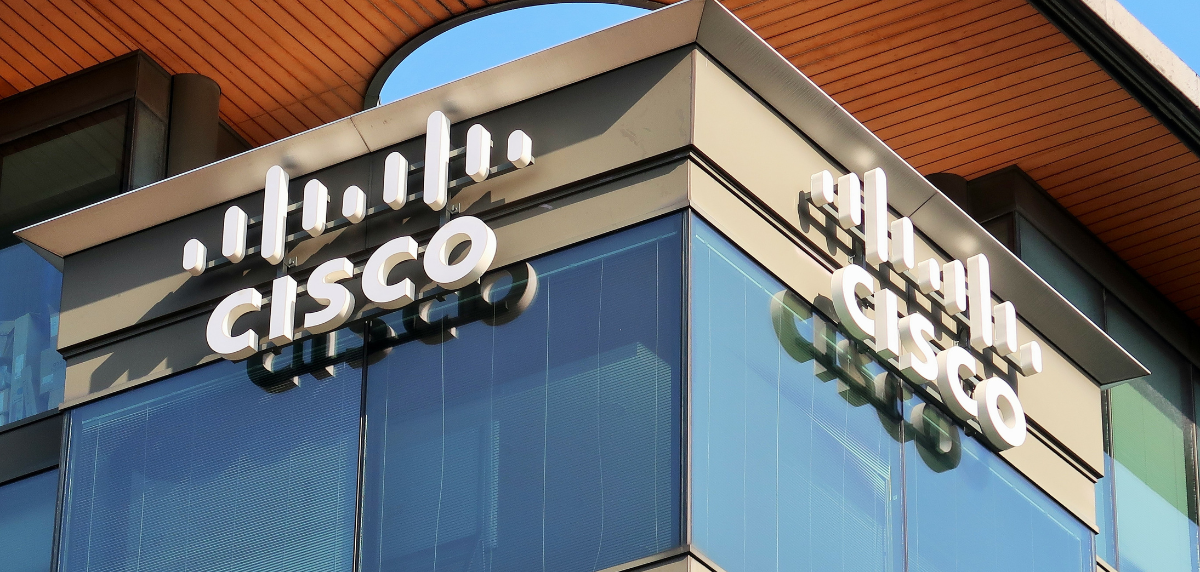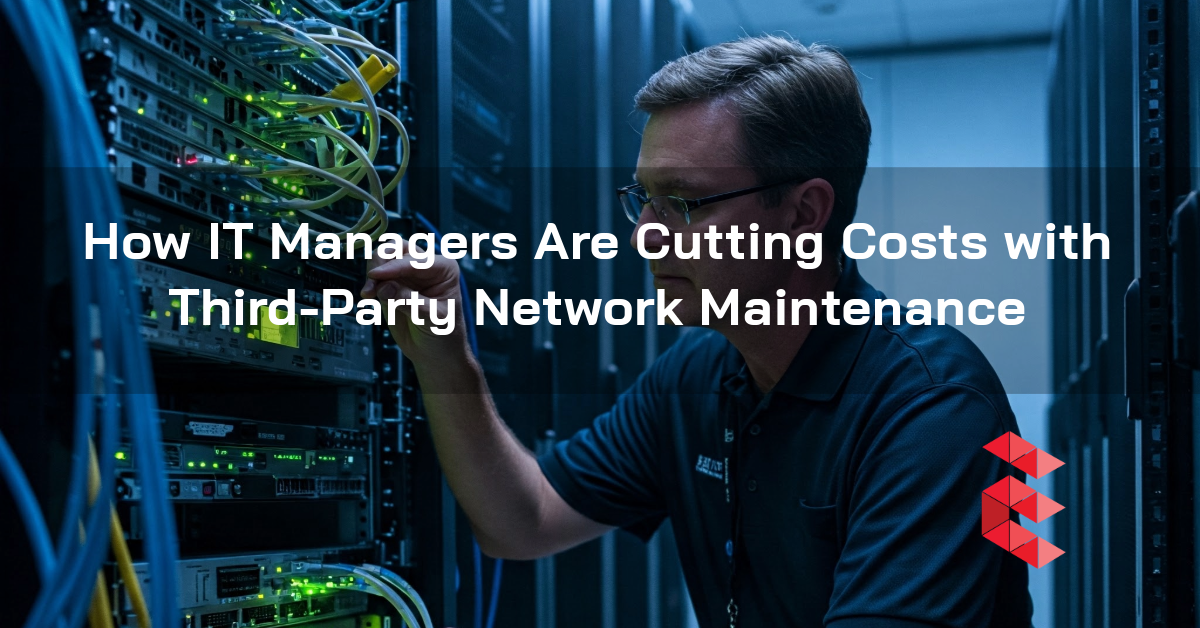Cisco Hardware Lead Times Update
Like most things that got interrupted when COVID hit in 2020, so too did the supply chain Cisco used to build its products. We saw 4- to 12-week...

Cisco offers a wide range of modular and fixed-configuration switches that help every business find the right solution to their networking needs. These switches help in keeping up with the changing dynamics of your business operations.
Amongst the array of switches are the Cisco Nexus and Catalyst switches that are the most popular. While Nexus switches are a flexible and feature-rich solution that offers ease of integration and usage, the Catalyst switches allow better control over the throughput traffic. What else? The two have their own pros and cons. So let us look at the differences between the two switches to give you a better understanding.
The Cisco Nexus switches were first announced in 2008 to provide all the servers with access to storage and network resources. On the other hand, these helped eliminate the need for computational networks or parallel storage.
Today, the Nexus switches make use of NX-OS as their operating system. These perform well at being a data center platform with modular software packages. In our opinion, these must be used within Cisco dominated environment having deep pockets. They may be ideal for supporting Ethernet, FCoE, and fiber channel, all in the same chassis.

This switch line is easily programmable and makes an excellent starting point if you are looking at SDN but are not there yet. To get started, you need both username and password details to log into the system.
Supporting DevOps tools, including the Cisco Data Center Network Manager (DCNM), these enable you to leverage quick, easy, and efficient automation. You get a range of options in the Nexus product line that are suitable for almost every deployment.
Whatever fits your particular needs, you can go about that way – be it stacking switches or using modular ones. Furthermore, allowing support for VXLAN, Nexus switches do well under a multi-tenant network environment, which is also perfect for cloud services.
The series is relatively stable, and it lets you perform updates in individual Nexus switches while maintaining the uptime on the server. The connection remains very much flexible, so even when the onsite is down, the network supports the quality. Its overall performance is excellent, and the administration is straightforward. But managing the Nexus switches in their operations is a bit complicated task. But as a whole, the Nexus switches are a very competitive series.
Coming to the Return on Investment factor, the Nexus purchase allows access to thousands of servers, which, in turn, offers a significant number of Virtual Machines to be used on a single port. So it is a good ROI on the Nexus switches.
However, the subscription and licensing fees are a little too expensive. But this, in our opinion, can be made somewhat affordable in the long run. Additionally, alternative hardware solutions give you the peace of mind to stay well within the resources of your business.
The Cisco Catalyst switches offer a variety of wireless controllers, network switches, and wireless access points. Taking of the switches, these make use of IOS as their operating system. You either need a single passcode or the combination of password and username details to get started. These switches are well-suited for enterprise networks that require a large number of network devices wherein a high level of uptime holds immense importance.
The Catalyst switches are primarily designed for core/ distro layers in campus networks. In our option, these are not ideal for smaller companies with just a few computers, specifically where network outages do not impact the choices.
Their ability to handle loops in unmatched, Syslog information is easily achievable, and filtering based on levels is again excellent. Detailed SNMP traps also assist in the early troubleshooting of the faults. The fact that you can do both routing and switching within the unit is perfect. Routing is coupled with high-speed port density on the larger Catalyst switches.
You get several resources to learn about the product or for evaluating any problems. The interface is the most valuable and intuitive. Also, even the configuration of the Catalyst switches is quick, easy, and secure. The monitoring system is robust, the solution is expandable, and the support is helpful.
Cisco is a leading tech organization, and users also prefer buying pre-owned equipment due to its resilience and reliability.
Talking of ROI (Return on Investment), the Cisco Catalyst switches usually last longer, giving more ROI by not having to replace them before they are off the books. In turn, this makes the unit much reliable, which also allows for a reduced TCO (Total Cost of Ownership).
What adds on to the costs is their subscription-based licensing, making self-sparing support strategies more complicated. The solution is probably the most costly. However, users who want the best do pay for the premium. The equipment may be worth the expenses, but these are still towards the pricier side than some high-performance and reliable alternatives.
In conclusion, Catalyst switches are a family of enterprise-grade networking equipment, whereas Nexus switches are a family of Data Centre specific devices.
This explains it all. Also, if the Cisco support and maintenance disturb your budget, you can give a try to Cisco Smart Alternative for much affordable and dependable assistance.
Edgeium brings a host of Cisco modular and fixed-configuration switching solutions to cater to all parts of your network. You also get exceptional support, innovative storage solutions, powerful server lines, best in class cloud solutions, massive discounts on OEM and Edgeium brand optics, and so much more. We provide a true lifetime warranty on our hardware and cater to your particular needs with the right gear and services.
Edgeium is known for providing the most reliable and quality, current as well as previous generation hardware. For more information, you can speak to our representative at 469.629.5565 or click here. You can also write to us at sales@edgeium.com and request your free quote.
Subscribe to our Monthly Newsletter.
✅ Expert IT tips you can actually use
✅ Cost-saving solutions that boost ROI
✅ Straightforward insights — just value
All straight to your inbox.
No spam. No sales pitches. Just better networks.

Like most things that got interrupted when COVID hit in 2020, so too did the supply chain Cisco used to build its products. We saw 4- to 12-week...

OEM (Original Equipment Manufacturer) support contracts—like Cisco SMARTnet—have long been the go-to for IT managers. But with rising costs and rigid...

Ever stood in front of a switch rack with a box of optics and thought, “Wait… is this the right one?” You’re not alone.